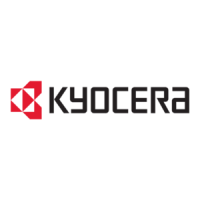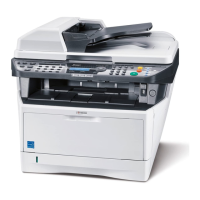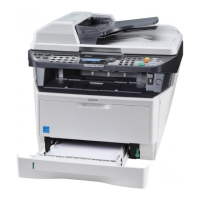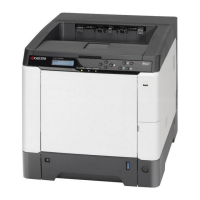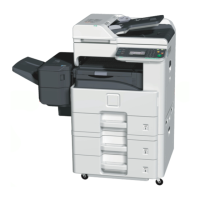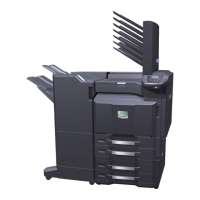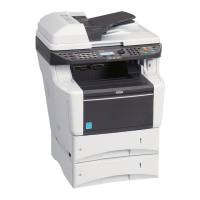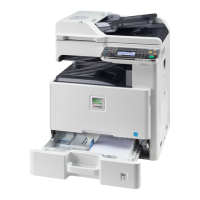3.2 Control with PCL
PCL Barcode Flash uses PCL font activation sequences to control barcodes. The
following instructions assume a basic knowledge of PCL programming. If you are not
yet confident with using this, we recommend that you read the manuals mentioned in
the previous chapter in which programming in PCL is looked at in more detail in
addition to PRESCRIBE programming.
In particular, two sequences are important, the first one for controlling fonts:
<Esc>(s#T and the second one for activating Transparent mode: <Esc>&p#X.
Below, when we mention <Esc> we mean ASCII character 27 decimal or 1B
hexadecimal. Number parameters are referred to by # below.
The sequence <Esc>(s#T normally changes the font. In other words, the text which
follows the sequence is printed from this point on in the font for which you have
stated the number. Each font available in the printer has a number which has to be
stated in the T parameter. The selected font remains active until the printer receives
another <Esc>(s#T sequence with another number, then it changes the active font
again.
The barcodes and matrix codes in PCL Barcode Flash are also controlled in this way,
and each barcode and matrix code is allocated a number, just like every font. These
numbers come from a reserved range of numbers in which there are no font
numbers, from 24580 to 24900. Please see the following list in this chapter for the
equivalent “font numbers” of the barcodes supported individually. If you would like to
use one of the barcodes or matrix codes made available by PCL Barcode Flash,
change the “font” with the sequence <Esc>(s#T so that further data that follows the
sequence is interpreted by the printer from this point on as barcode information and
no longer as text. This base data, as it is known, does not have to be clearly legible
text: any binary data can also be sent, depending on the barcode. Just like fonts,
barcodes remain active until the printer receives another <Esc>(s#T sequence. In
this respect, please see the following chapter as well.
Note
If you would like to use your own fonts (regardless of whether you are using
PCL or PRESCRIBE), please do not use any font numbers in the range of
24580 to 24900 as mentioned, as these numbers are reserved for the
barcodes in PCL as soon as PCL Barcode Flash is activated. Otherwise this
may lead to unwanted printer behaviour.
3.2.1 Stop characters
The base data has to be closed by means of a stop character.
In the case of numeric barcodes, this stop character may be:
<CR> (ASCII 13), <LF> (ASCII 10), <FF> (ASCII 12), <Esc> (ASCII 27) , <Space Character> (ASCII 32)
In the case of alphanumeric barcodes, this stop character may be:
25
